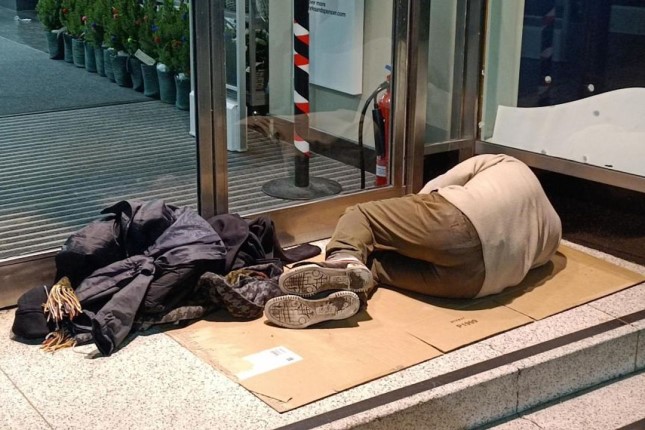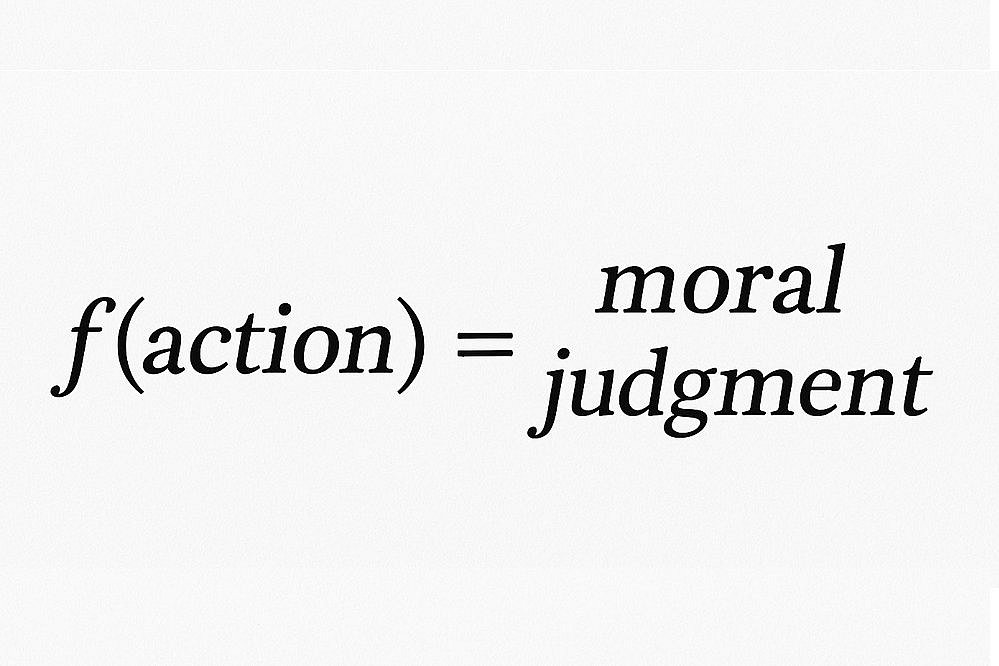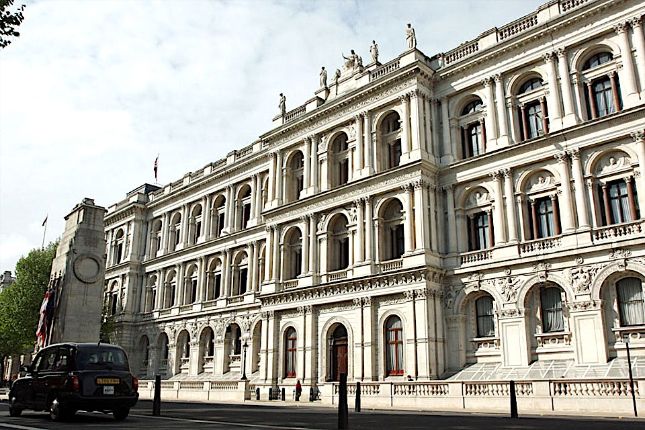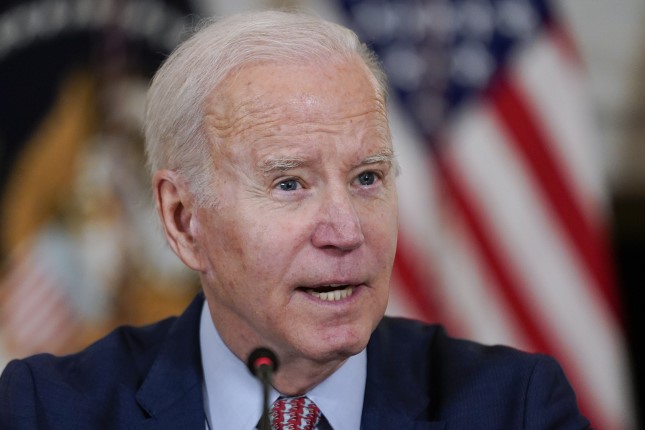A further 79,840 households are owed local authority support for current or threatened homelessness, also a 10 percent increase. 13,670 of these have a priority need, up 20 percent on last year, mostly due to a larger proportion of households with children.
Factoring in unrecorded experiences of homelessness, the charity Crisis puts the real total figure at 242,000 households.
On a given night in March, an estimated 2,447 people were sleeping on the streets on any given night—a 35 percent increase on a year before. This is only a snapshot of the much larger group of people intermittently rough sleeping. In London alone, the Combined Homelessness and Information Network counted 13,325 different people rough sleeping between April 2022 and June 2023, about half of them for the first time.
In total, 296,180 households were owed homelessness support in the year 2022-23, a 6 percent increase on the year before.
Areas of the UK where historically there was very little homelessness are now seeing people with nowhere to live. Oldham, in the north west of England, once had relatively affordable housing. Now its level of homelessness stands at twice the national average, with an 80 percent year-on-year increase between January and April, and a similar rise in the numbers of children living in emergency accommodation.
Jasmine Basran, policy and public affairs manager at the homelessness charity Crisis, said, “Unfortunately, the trends aren’t that surprising and reflect that the overall housing crisis has affected all parts of the country, particularly places that aren’t traditionally thought of in this way.”
Behind this crisis is a dire lack of affordable housing, as an ever-larger proportion of the population is forced to rely on the private rented sector.
Figures published by the Office for National Statistics show that private rents in the UK rose at their fastest rate since records began in the year to this August, by 5.5 percent—in London, the increase was 5.9 percent.
Rents for new lettings are increasing fastest, at 12 percent in the year to August according to estate agents Hamptons. Again, this is the largest increase on record. The average asking price is now £1,304. In London, a 17 percent year-on-year rise has taken the average rent on newly let properties to £2,332 a month.
Aneisha Beveridge, head of research at Hamptons, commented, “Each passing month has ushered in a new rental market record” adding that new let rents across Britain have increased more in the last year than they did between 2015 and 2019.
These rent rises come on top of increases in the general cost of living, with families not able to keep their homes warm and feed themselves. In a survey of 11,000 people, flat mate finding service SpareRoom found that a third of the UK’s private renting households are spending half or more of their take-home pay on rent.
According to the Conservative government’s figures, loss of private tenancy—including through the landlord selling or re-letting the property or increasing the rent—was the largest single cause of homelessness in the first three months of the year, affecting 39 percent more households than the year before. The number of privately renting households put at risk of homelessness increased by 24 percent.
Over 24,000 households were kicked out of their homes by Section 21 no-fault evictions, a 21 percent increase over the previous year. A lockdown-era ban on these evictions was lifted in 2021.
This year government has begun discussing a “Renters Reform Bill” which would axe no-fault evictions, but it has been subject to repeated delays, with the can now kicked at least into the next parliamentary session starting November 7. Five of the 16 government whips responsible for the passage of bills through the House of Commons own rental property—along with nearly one in five Conservative MPs.
The major factor driving up rents has been the Bank of England’s interest rate rises, increasing the cost of mortgage repayments and prompting landlords to pass on the costs to their tenants or to sell up—reducing the supply of rental properties and jacking up rates event further. Most of the private rental market is run by small landlords, aptly described as “mum and pop” investors, who are particularly exposed to increases in bank interest rates.
Ben Beadle, CEO of the National Residential Landlords Association said, “While there were no signs yet of a mass exodus of landlords from the market, yet anecdotally “more people are selling than buying and more people are saying that they are going to sell than invest”. He added “I’ve just spoken to a chap whose mortgage is going from £800 to £1,500—he’s not going to be able to pass on a £700 rent increase … he might have to sell”.
According to research commissioned by the BBC, there are now 20 viewing requests per available property, up from six in 2019. Estate agency Zoopla reports that the number of rental properties listed on its site is 33 percent lower than before the pandemic and has flatlined. Guy Gittins, chief executive of another agents, Foxtons, said, “This is the worst supply and demand balance we have ever seen, and it’s only going to get worse.”
Renters have practically no protection against these surging costs. Local Housing Allowance (LHA), social support payments available to the poorest households, was frozen in 2016. Analysis from the estate agency Zoopla, found that just 5 percent of rents advertised across Britain in the first quarter of 2023 could be fully met by LHA payments.
Households not able to afford a deposit or mortgage have very little choice besides the private rented sector. Over 1.2 million people are on the social housing waiting list in England, up 5 percent in the last two years. There are just over 1.4 million homes for social rent across the country, down 160,000 in the last decade.
Even in this far below market rate sector, the cost-of-living crisis is pulling people into homelessness. In January-March, rent arrears made over 2,000 households homeless from social or supported housing—a 30 percent increase on the year before.
The insanity of the market system for delivering a basic human need like housing is underscored by Britain’s record number of empty homes. According to analysis by Crisis reported in the Observer newspaper, up to a quarter of a million properties have been standing empty in England for months—a more than 24 percent increase over the last six years. London has 34,000, a 73 percent increase over the same period.
Chris Bailey, campaign manager for the charity Action on Empty Homes, said the new research was the “tip of the emptiness iceberg” because the figures covered the empty properties that were known about. “It’s a disgrace that we’ve seen the numbers keep climbing in lock step with rising homelessness, and housing shortages…
“Many end up sold at auction, often after long periods of emptiness and decay, to landlords operating a low-investment model.”
With their operations at the heart of the crisis, Labour Mayors of London, Manchester and Liverpool Sadiq Khan, Andy Burnham and Steve Rotheram felt compelled to make some noises about rent controls. But this has only served to highlight how totally hostile the Labour Party is to any such measure which limits the money-making of property owners.
The Financial Times reported in August that “senior party insiders” had told the paper Labour leader Sir Keir Starmer’s “office was not exploring introducing national rent controls or devolving related powers to mayors if elected.”
Shadow Housing Secretary Lisa Nandy said of rent controls at a housing conference this June that it was “perhaps inevitable that the debate has turned again to short term fixes,” adding, “It might be politically easier to put a sticking plaster on our deep-seated problems, but if it is cowardice that got us here, it is never going to get us out.”
Given Labour’s outspoken commitment to “fiscal restraint” and the contribution of “private enterprise”, no significant building of social housing should be expected either.
Photo: A homeless man sleeping in a shop doorway in Romford, London, December 2022.
Source: World Socialist Web Site.
































